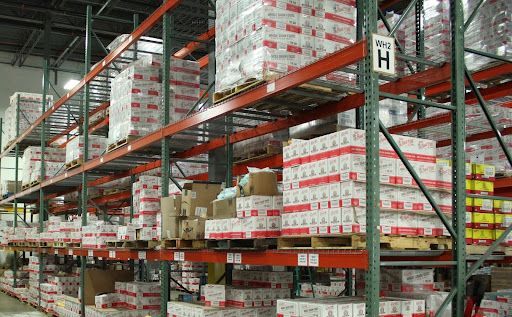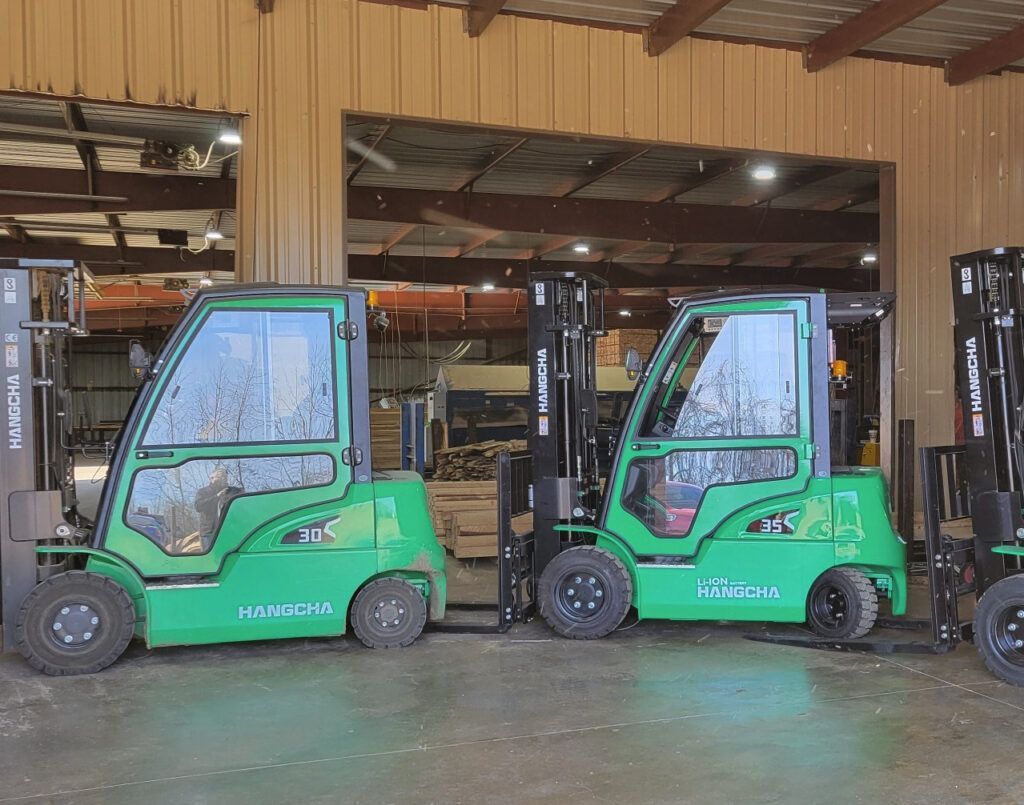A Guide to Setting Up a Warehouse
Setting up a new warehouse can be an exciting but challenging endeavor. As the backbone of the supply chain, efficient warehouse operations are crucial for the success of businesses in the materials handling industry. In this guide, we will walk you through the essential steps for setting up a warehouse with a focus on optimizing operations, managing inventory, and implementing a successful warehouse strategy. At Benco Industrial Equipment, we are dedicated to providing the necessary tools and equipment for your warehouse needs.
Understanding the Needs of a New Warehouse
Before diving into the setup process, it’s essential to assess the requirements of your warehouse. Consider factors such as the warehouse size and layout, storage capacity needs, and potential expansion plans. By understanding these aspects, you can make informed decisions about space utilization, equipment placement, and overall workflow.
Developing an Efficient Warehouse Strategy
Defining clear objectives and key performance indicators (KPIs) for your warehouse is crucial to maximizing productivity. These benchmarks will guide your decision-making process and allow you to measure your progress. Creating an optimized workflow and process flowchart will help identify bottlenecks and streamline operations. Additionally, allocating resources effectively, such as labor and equipment, will improve efficiency and cost-effectiveness.

Selecting the Right Equipment
In the materials handling industry, forklifts are vital in warehouse operations. These versatile machines assist in lifting, moving, and stacking various materials. When selecting a forklift, consider load capacity, maneuverability, fuel type, and attachments required for specific tasks. Different types of forklifts, such as counterbalance, reach, and pallet jacks, serve different purposes, so choosing the right one for your needs is essential.
Apart from forklifts, other equipment is essential for smooth warehouse operations. Industrial cleaning products are crucial for maintaining a clean and safe environment, promoting employee well-being, and preventing equipment damage. Scissor lifts are beneficial for elevated work tasks such as shelving, inventory counting, and maintenance. Additionally, consider additional equipment such as pallet racks, conveyors, and automated systems to enhance efficiency and productivity further.
Implementing an Effective Inventory Management System
Inventory management is a critical aspect of warehouse operations. Properly managing inventory ensures you have the right products available at the right time, avoiding stockouts and overstock situations. This, in turn, improves customer satisfaction, cash flow, and overall profitability. Implementing a robust inventory management system through manual processes or digital solutions helps track inventory levels, monitor stock movements, and streamline order fulfillment.
Embracing E-commerce: Implementing a Digital Solution
In today’s digital age, e-commerce has revolutionized the way businesses operate. Implementing an e-commerce platform for your warehouse can bring numerous benefits. It allows you to expand your reach, reach new customers, and streamline order processing. You can ensure accurate inventory updates and real-time order fulfillment by integrating your inventory management system with online sales channels. This enhances the customer experience, improves operational efficiency, and boosts overall sales.
Training and Safety Measures
Having competent and knowledgeable warehouse staff is vital for successful operations. Providing proper training programs for equipment operation and safety protocols ensures that employees can perform their tasks efficiently and safely. Continuous learning and skill development opportunities empower your workforce and contribute to a culture of growth and improvement.
Prioritizing safety in warehouse operations is paramount. Creating a safe work environment involves implementing safety protocols and procedures, regularly maintaining equipment, and performing inspections. By prioritizing safety, you protect your employees and reduce the risk of accidents, equipment damage, and potential downtime.

By following this comprehensive guide, new warehouse operators can lay a strong foundation for success in the materials handling industry. With the right equipment, effective inventory management, and a well-thought-out warehouse strategy, businesses can optimize their operations, increase productivity, and provide exceptional service to their customers.
Work With Benco
Here at Benco Industrial Equipment, we know the ins and outs of the materials handling industry and can help you choose the best equipment for your new warehouse or project. We have both electric and IC forklifts ready to buy or rent. We have legless stackers, straddle stackers, reach stackers, work assist unit forklifts, and more available. We also have various other equipment and products to help your warehouse succeed. Get in touch with us today!
The post A Guide to Setting Up a Warehouse appeared first on Benco Industrial Equipment.




